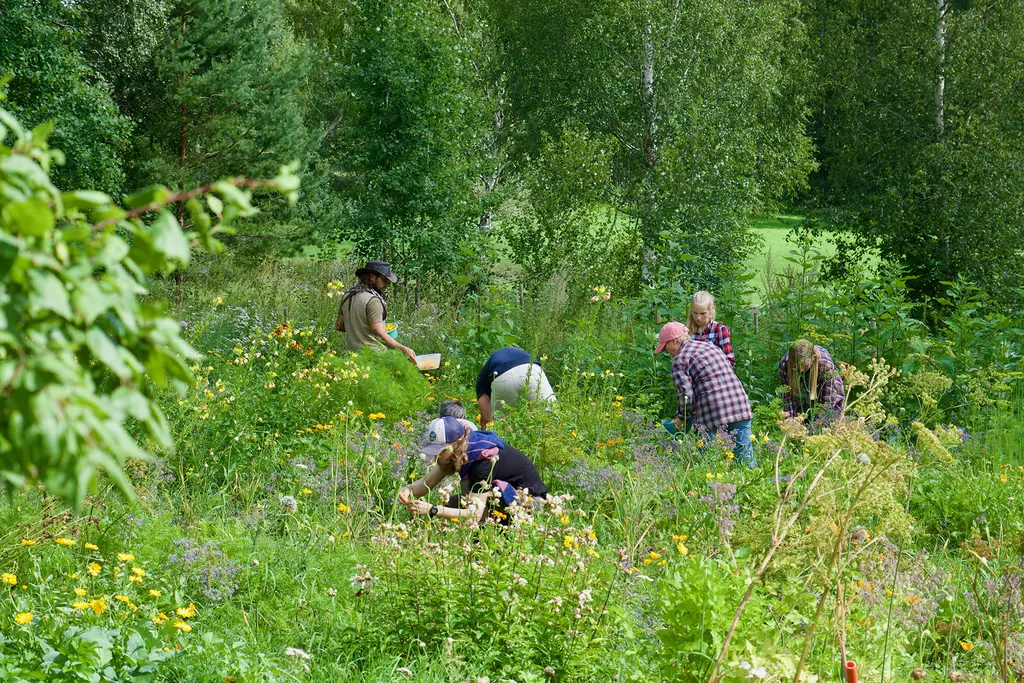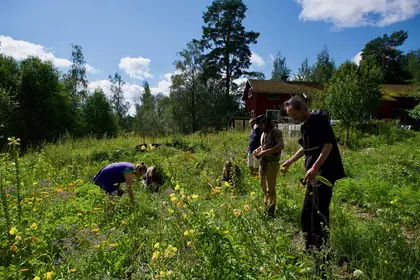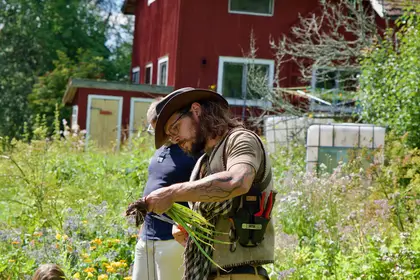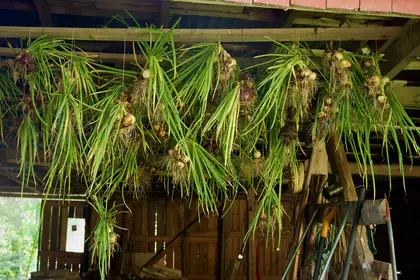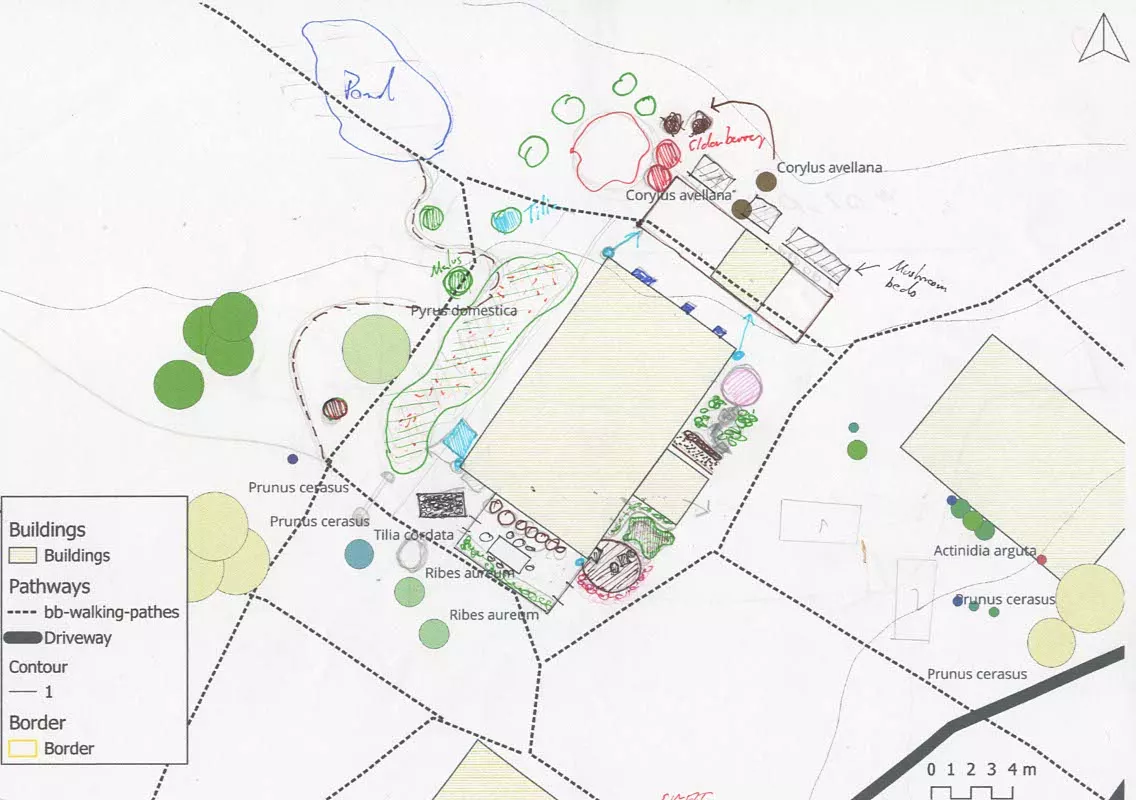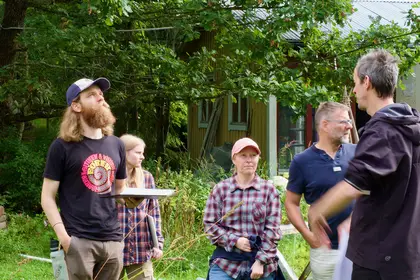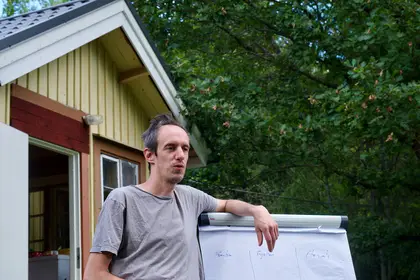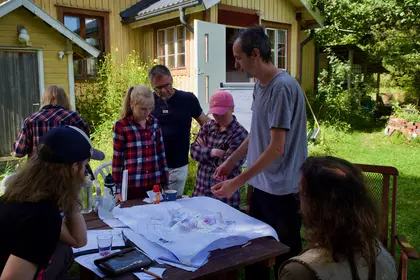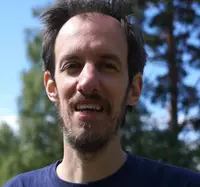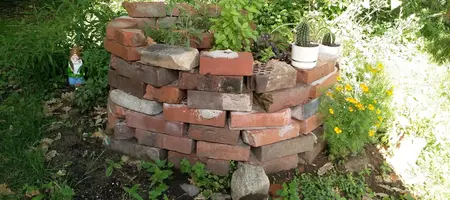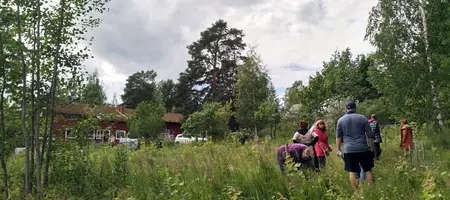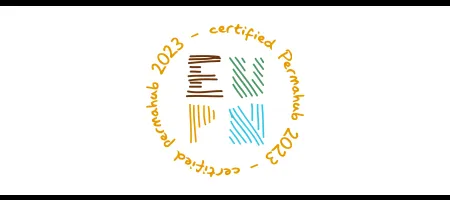On August 5th, we hosted our 3rd DesignCamp, a crash course in Permaculture Design. Unlike the standard curriculum required for the Permaculture Introductory Course, our DesignCamp focuses exclusively on the design process itself.
With each iteration of the course, we experiment with different methods and tools. This year, we took a unique approach: participants were tasked with designing for the transition between Zone 0 and 1, essentially focusing on the area adjacent to the house.
Collecting data
Observation took the lead in our design process. Although traditional permaculture design involves extensive land observation over at least 24 months, we condensed this phase into just 1 hour. Equipped with base maps, participants ventured out on their own, mapping previously unmapped regions while recording observations using the DAFOR and PASTE method.
With a wealth of collected data, we embarked on a vision quest. One group focused on intuitive sensing, while the other indulged in creative play. Following 20 minutes of mindfulness and enjoyment, we gathered a lot of ideas and then paused for lunch.
Harvest in the garden
After refuelling, we went into the garden to harvest our onions and some calendula flowers. Both were afterwards let to dry.
Evaluating the data
We continued to harness the data amassed from various stages to establish a Function, System, Elements framework. The insights then underwent a PMI analysis. We checked the specifics of various elements, engaging in discussions about root cellars, windmills, and climate chaos (formerly known as climate change) and then translated our thoughts into an initial sketch.
BBQ
As the day progressed to evening, it was time to shift gears for a tasty barbecue relaxing in the sauna.
Drawing the design map
The subsequent day resumed with discussions on refining different elements. I introduced concepts I had been contemplating for the past six years. Following an hour of dialogue, we collaborated to craft a design map, coupled with implementation and maintenance plans.
What’s next?
The mantle of execution now rests with Lumia and me, as we embark on realizing the implementation list. No strict deadlines have been set for the completion of these tasks, allowing us to work at our own pace while turning design into reality.
See you in 2024 for the next DesignCamp! (Subscribe to our newsletter for early bird tickets!)
Thanks to Gergő Szász for the photos!

